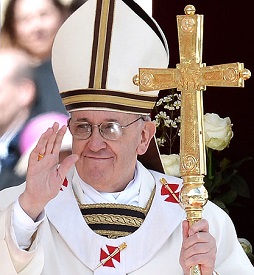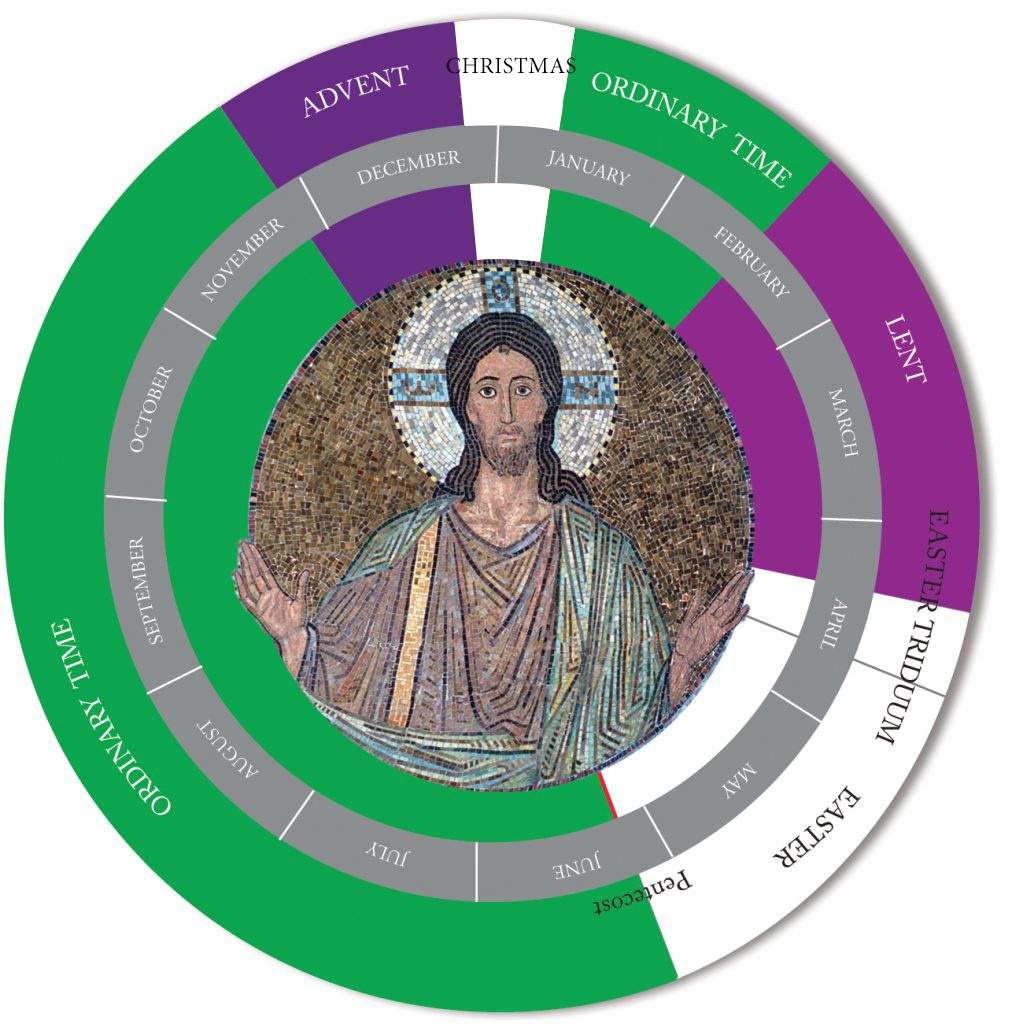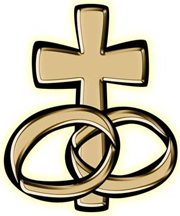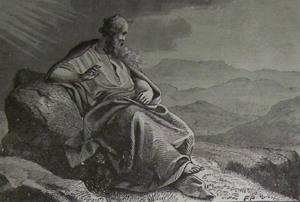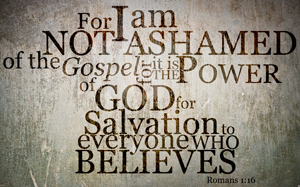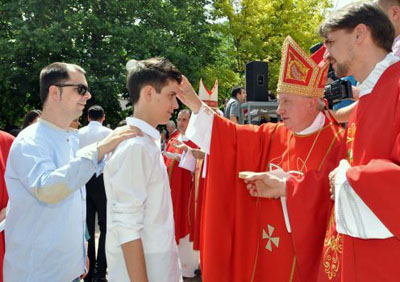 |
Does God have emotions like ours? As God is the great Unseen, it's impossible to guess. What the Bible does reveal is that Jesus, the divine Son, enjoyed the full complement of human feelings while in our human midst. These included love and friendship, pain and fear, amusement and frustration, and certainly anger. The righteous anger of Jesus is demonstrated in several memorable events, like the cleansing of the Temple, the rebuke of Peter with the words "get behind me, Satan!", or the denunciation of the "whitewashed tombs" of the Pharisees and scribes whose religious example was largely hypocrisy.
The Bible does have a lot to say about what we popularly describe as the wrath of God. While it's easy to interpret that as divine outrage, it's properly understood as an expression of divine justice. Because we get even when we get mad, it's not instinctive for us to imagine that God is simply about the business of restoring justice by means of judgment. We're convinced God must be "punishing" us because he's really, really mad. In the Pentateuch, the first five books of the Hebrew Bible, God's wrath is directed sometimes at the enemies of God's people and sometimes at the people themselves—depending on who's in the wrong. Historical books like Joshua, Samuel, Kings, Chronicles, Ezra, and Nehemiah hold plenty of examples of God's wrath, sometimes described as a future "day" when divine debts will be settled.
Job mentions God's wrath nine times; the psalms refer to it 25 times. The theme of divine wrath is developed most powerfully in the prophetic tradition, where it comes up 85 times. Even Isaiah, the prophet of soft themes like “Emmanuel” and the faithful servant, mentions God's wrath 17 times. Meanwhile Ezekiel, who never shrinks from wild expressions, brings up divine wrath 28 times.
Compare these numbers with the gospels, where God's wrath is mentioned exactly four times over four accounts—a dramatic reduction. While Pauline letters return to the wrath theme 15 times, many of those refer to judgment rendered to those who trust in the law, which they cannot hope to fulfill, rather than Christ, who bears the burden for us. Revelation, the big book of judgment, mentions divine wrath a relatively slender 13 times and restoration at least as often. The Wisdom tradition (Proverbs, Sirach, Wisdom) and later writings contain references to wrath, but it's often that of kings, criminals, and family members as much as of God. The biblical bottom line seems to be that God's anger is nothing to worry about. God's justice, however, is a much greater concern.
Scripture
• Exodus 32:10-12; 34:6-7; Joshua 22:20; 1 Samuel 28:18; Isaiah 63:3-6; Matthew 3:7; 16:21-23; 23:13-36; Luke 21:23; John 2:13-25; 3:36
Books
• A Faith That Frees: Catholic Matters for the 21st Century by Richard Malloy (Orbis Books)
• A Worker Justice Reader, edited by Kim Bobo (Orbis Books)
Reprinted with permission from PrepareTheWord.com. ©TrueQuest Communications.





